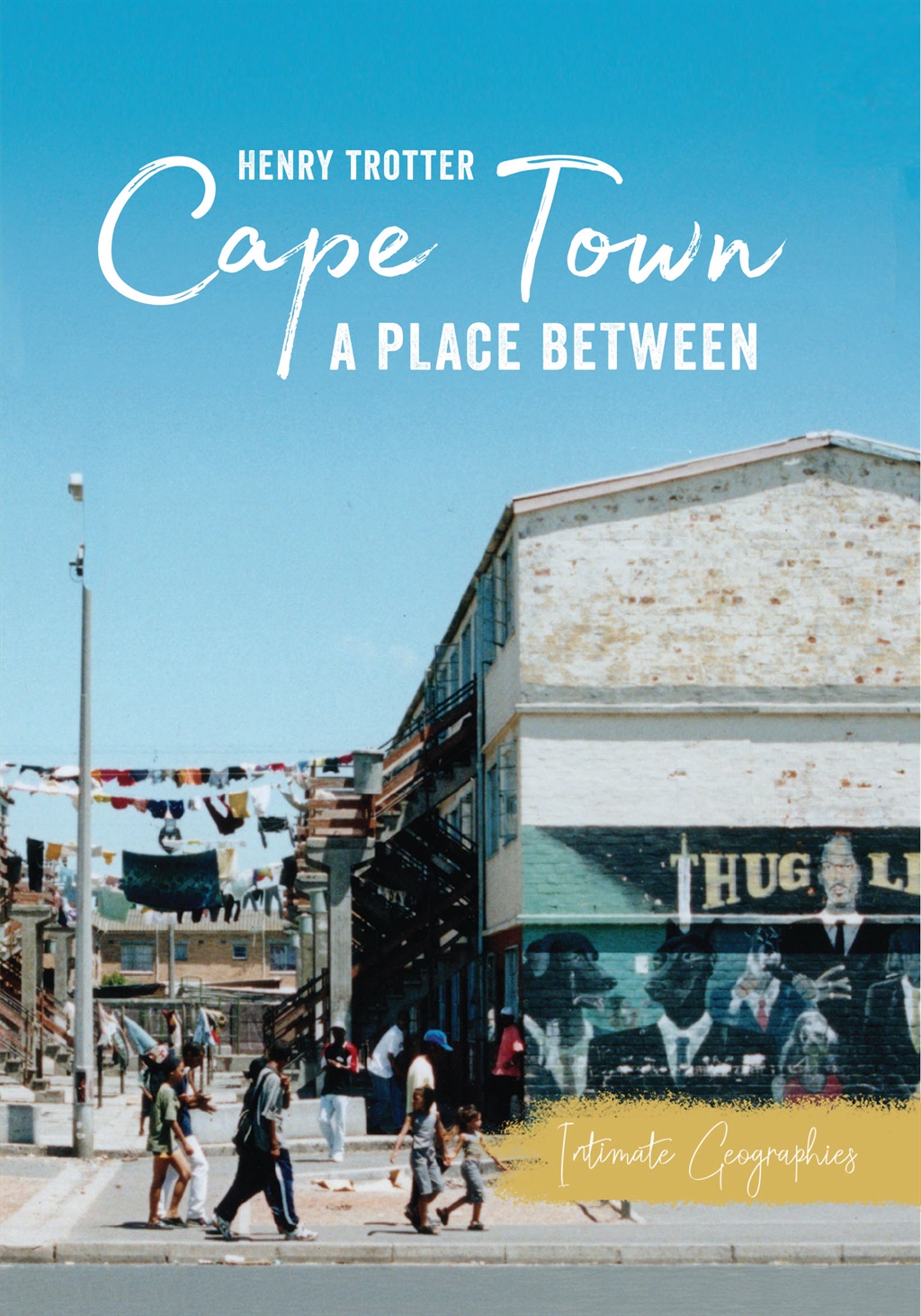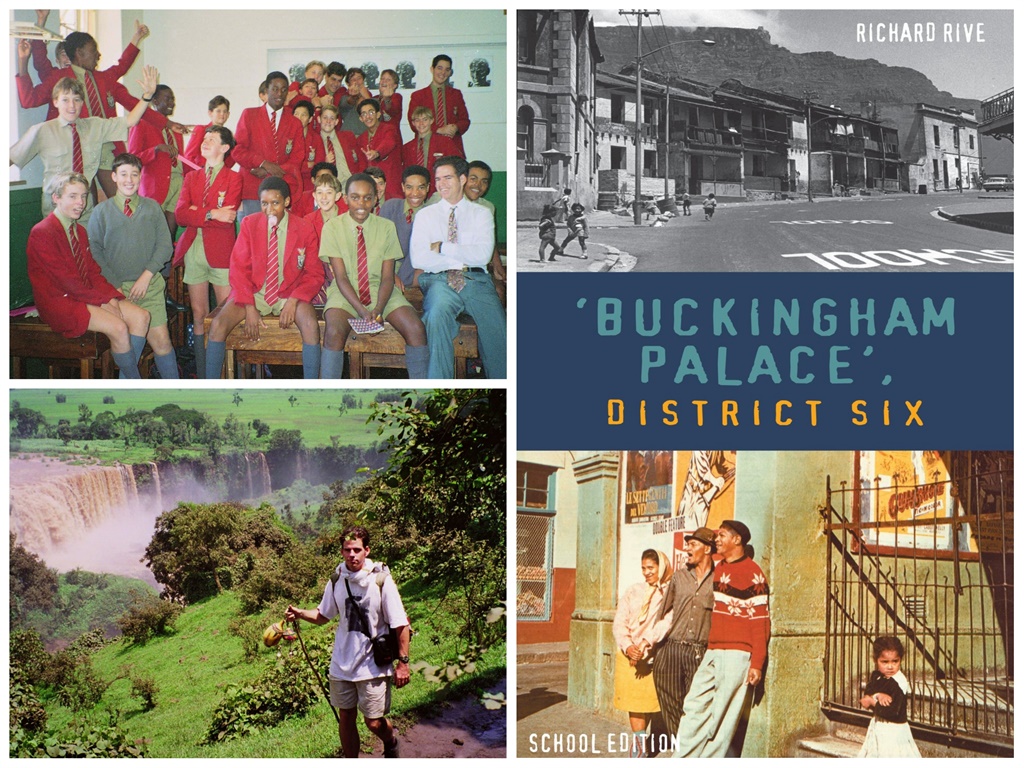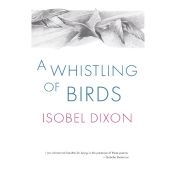
After living in Cape Town for 20 years, Henry Trotter explores the unique character of the city while illuminating some of the hidden historical, political and cultural forces that shape its social life in his new book Cape Town: A Place Between. In this extract, Trotter shares what inspired him to come to this curious corner of the continent.
I first came to Africa in 1994 when South Africa teetered on a knife's edge. In the months leading up to its first democratic elections that year, the country seethed with violence.
In KwaZulu-Natal, African National Congress (ANC) and Inkatha Freedom Party (IFP) loyalists were engaged in a vicious regional war, fomented by a shadowy “third force” within the apartheid security apparatus.
East of Johannesburg, the charismatic South African Communist Party (SACP) leader Chris Hani was assassinated at his home by two white men. Nelson Mandela himself had to beg the nation not to tear itself apart over this outrage.
And in Cape Town, the white American Fulbright student Amy Biehl was stabbed and stoned by young activists in Gugulethu township. They had just attended a rally where the cry of “one settler, one bullet” (kill the whites) still rang in their ears when they came across Biehl who was dropping off university colleagues.
As a 20-year-old student myself then, going into my third year of university in California and dreaming about where I could study abroad, South Africa was not an option. Not by a longshot.
It was still run by the National Party, the white supremacists who initiated apartheid and were scrambling to protect their privileges. And they were opposed by one of the most politically mobilised populations on earth, an “ungovernable” people who had been engaged in an endless series of protests, boycotts, stay-aways, strikes, and sabotage campaigns since the Soweto uprising of 1976.
I had to admit, from what I knew about the country then – through newspaper headlines mostly – I found South Africa to be thoroughly intimidating. Completely hard core. And its people seemed just a weeee bit intense.
So at the time, Zimbabwe was the place to go in Africa. Safe, stable, peaceful, with an excellent education system, Zim was a popular destination for college exchange programs. Renowned as “the breadbasket of southern Africa,” the country seemed poised for a bright future.
Seeking to expand my cultural horizons, I signed up to study African literature and the Shona language at the University of Zimbabwe (UZ) in Harare. I even wrote a letter to then-President Mugabe before I arrived, letting him know that I was excited to visit his country. (He never wrote back.)
During my year at UZ, I learned as much as I could about African history, culture, politics, and literature. I read widely and took advantage of the easy access that Zimbabweans offered of their time and thoughts.
And I also took trips to the rural areas and neighbouring countries, including South Africa after the surprisingly peaceful elections. Went twice to Durban, a beach bum's paradise at the time.
But after UZ, I didn't want my time in Africa to end, so I got a job teaching English literature at a ritzy private boys' high school next to the president's house in Harare. Steeped in Anglo-Rhodesian traditions, the racially diverse students wore white collared shirts, red ties, khaki shorts, knee-high socks, blazers, and floppy cricket hats. They would stand and doff their caps, saying “Sir,” whenever I passed by.
Sadly, such courtesy did not extend to the country's immigration officers who denied my application for a visa extension after six months of teaching. Apparently, I didn't have any “essential skills” that Zimbabwe couldn't live without. (I still don't.)
So, I strapped on my backpack and started wandering around East Africa, plodding through Malawi, Zambia, and Tanzania, then up to Uganda, Rwanda, and Burundi, then east to Kenya, and north to Ethiopia and Eritrea. Then I flew over to Madagascar and Mauritius for some months, then back to southern Africa again to explore Mozambique, South Africa, Namibia, and Botswana, eventually ending my sojourn in Cameroon.
Four years. Seventeen countries. It was awesome!
But as I travelled, I embarked on a personal mission. Everywhere I went, I searched out bookshops and bought as many local titles as I could find. Then I'd read them while in the country, inviting the literary renderings of these artists to enhance my own experiences.
This massively expanded my mental and emotional engagement with these places. It was in this way that I first got a glimpse of Cape Town, through a book I found while recovering from bilharzia in Lilongwe, the capital of Malawi. (Bilharzia is a liver fluke I got from swimming in Lake Malawi. Not pleasant. Don't google it.)
I took the strangely titled novel, Buckingham Palace: District Six, back to my fleabag hotel-cum-brothel next to the bus station and devoured it. Even with all the noises permeating the flimsy room partitions, I began to glimpse a curious world that I had yet to encounter in my travels on the continent. One that challenged my notions of the complexity, diversity and cultural parameters of “Africa.”
It was a creole world. A mixed world. An in-between world. It stood between the conceptions that I had always taken for granted about Africa and Europe, black and white, east and west. An unsettling and intriguing world. One that I would definitely have to see for myself.
Written by Richard Rive, Buckingham Palace tells the story of the residents of a block of flats in District Six, the historical heart of Cape Town's coloured population. Written after the district was destroyed by apartheid bulldozers, the book recounts the sights, sounds, personalities, and wit of the area.
It revels in the vitality of the street life, the inventiveness of the mixed Afrikaans and English speech (Kaapse taal), and the quality of the relationships between the people there of all racial backgrounds.
Here was a story about a place similar to Harlem for African-Americans in its cultural and historical import for a group of people that I knew almost nothing about: Cape coloureds. A people, I'd soon learn, whose presence in this corner of the continent challenged any simplistic answers to the question of, “Who is an African?”
* This extract was taken from Cape Town: A Place Between by Henry Trotter, published by Catalyst Press. Trotter is the author Sugar Girls & Seamen: A Journey into the World of Dockside Prostitution in South Africa. This is Trotter's third book, and the first in the Intimate Geographies Series by Catalyst Press.




 Publications
Publications
 Partners
Partners
















